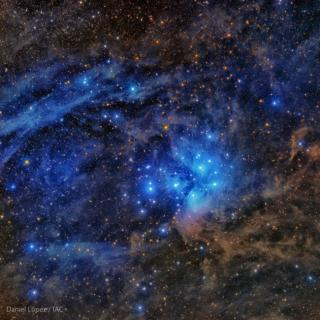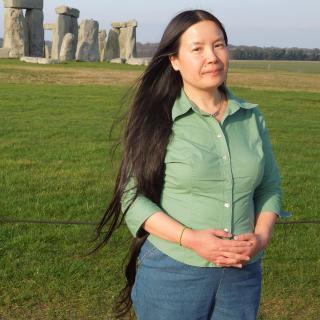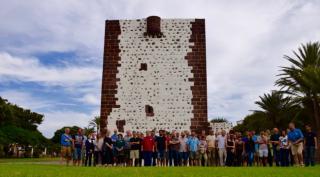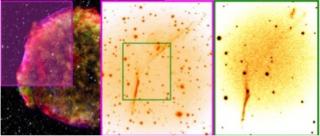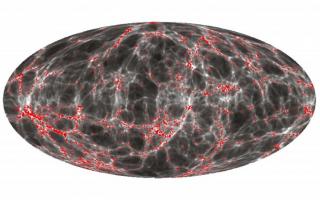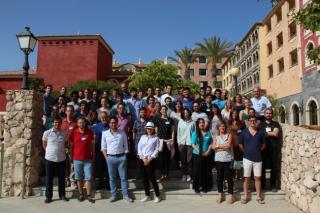
Closure of the Cosmology School, organized by the IAC, celebrated during last week in the Town Council of Pájara with the participation of 31 specialist in the field and 50 students from 16 countries
Advertised on
This section includes scientific and technological news from the IAC and its Observatories, as well as press releases on scientific and technological results, astronomical events, educational projects, outreach activities and institutional events.

